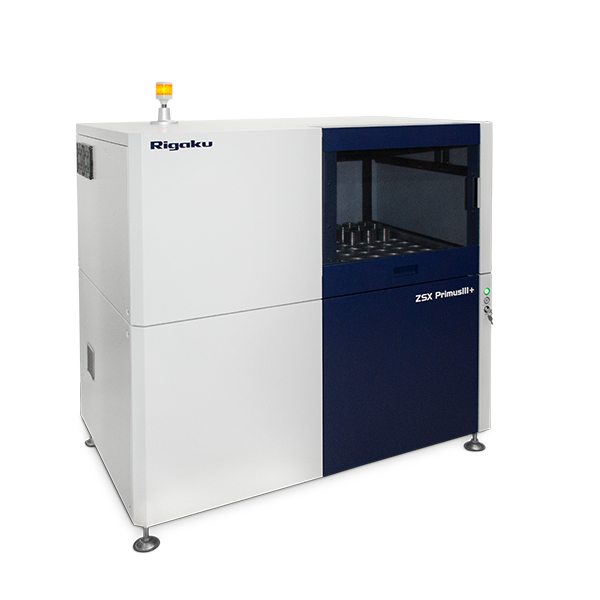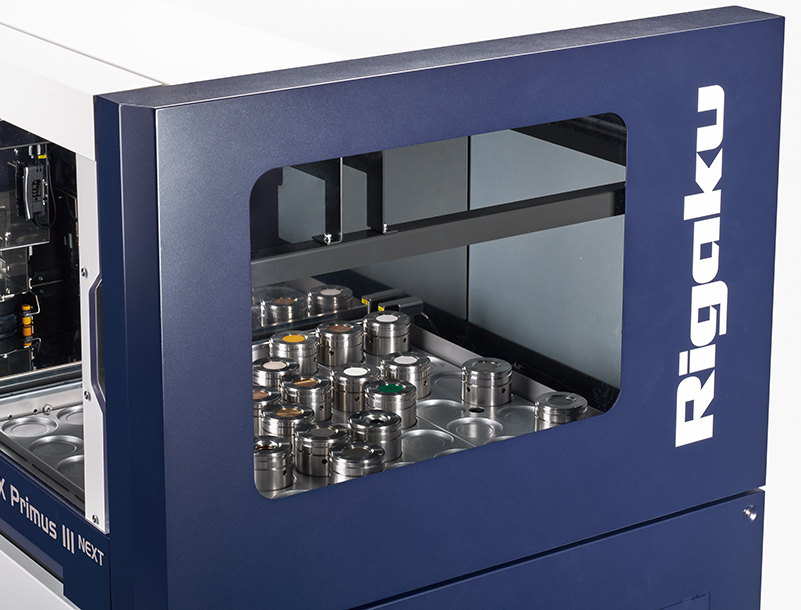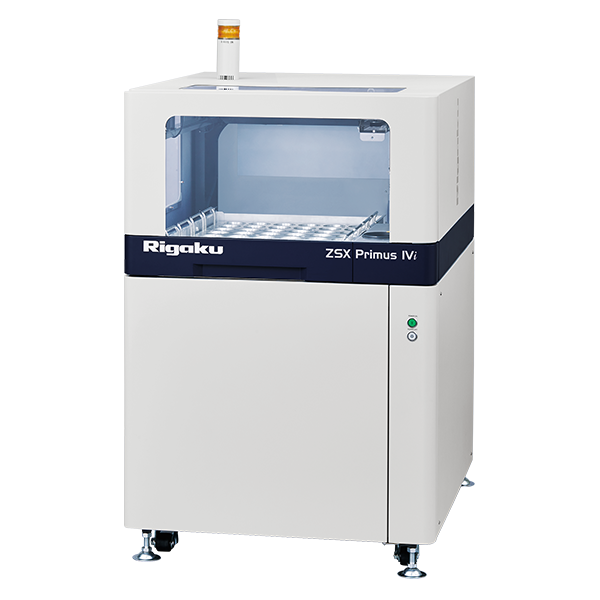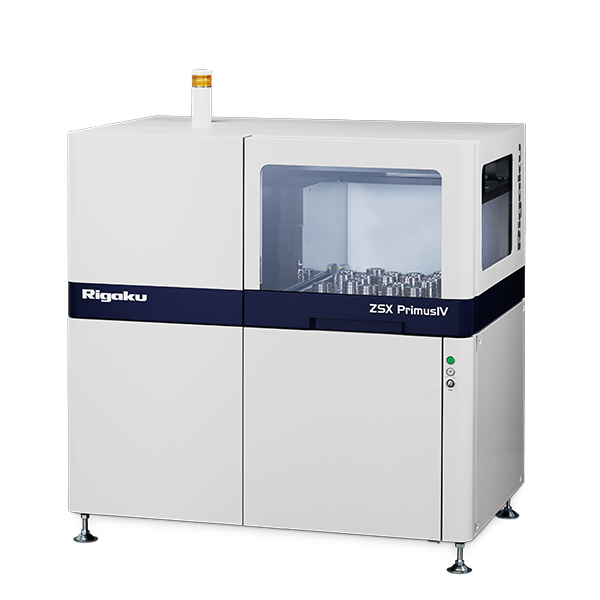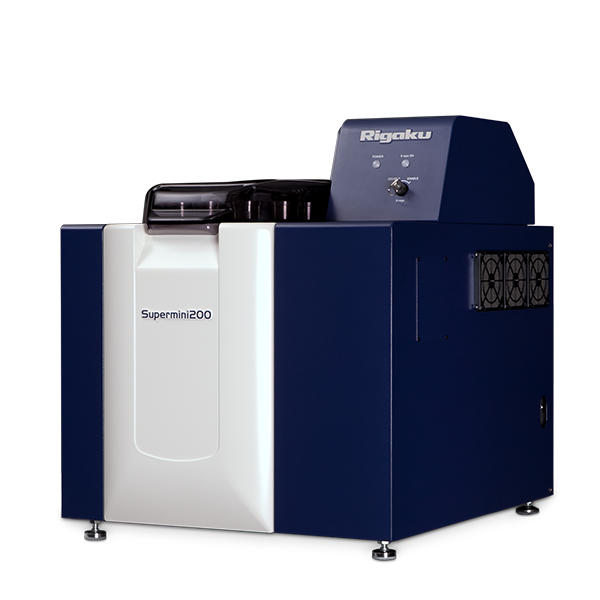Tube-above sequential WDXRF spectrometer for industrial applications
This WDXRF spectrometer for industrial applications is ideal for elemental analysis of solid samples.
The Rigaku ZSX Primus III NEXT provides fast, accurate elemental analysis for industrial quality control. It enables quantitative determination of major and minor elements from beryllium (Be) to curium (Cm) in both powder and solid samples.
Tube-above optics for superior reliability
The ZSX Primus III Next features an innovative optics-above design. It eliminates concerns about beam path contamination or downtime from sample chamber maintenance. The optics-above geometry reduces the need for cleaning and maximizes instrument uptime.
High precision sample positioning
High-precision sample positioning ensures a consistence distance between the sample surface and the X-ray tube. This stability is essential for applications requiring high accuracy, such as alloy analysis.
ZSX Primus III+ delivers high-precision analysis with a unique optical configuration that minimizes errors caused by non-flat surfaces in samples like fused beads and pressed pellets.
SQX fundamental parameters with EZ-scan software
EZ-scan lets users to analyze unknown samples with no prior setup. This time-saving feature requires just a few clicks and a sample name to get started. When paired with SQX fundamental parameters software, it delivers the fastest and most accurate XRF results possible.
SQX automatically corrects for all matrix effects, including line overlaps. The SQX can also correct for secondary excitation effects from photoelectrons (for light and ultra-light elements), varying atmospheres, impurities, and different sample sizes. Increased accuracy is achieved through the use of matching library and perfect scan analysis programs.
WDXRF spectrometer good for industrial applications
The ZSX Primus III NEXT is an ideal tool (dispersive X-ray spectrometer) for any industrial application, requiring elemental analysis, such as:
- Minerals and Mining
- Metals
- Cement
- Ceramics and Refractories
- Glass Manufacturing
- Petrochemicals
- Chemicals
- Environment
Easy application sharing
The ZSX Primus III NEXT, ZSX Primus IV, and ZSX Primus IVi share the same hardware and software platform, making it easy to share applications between spectrometers.
